journals.sagepub.com/doi/10.1177/...
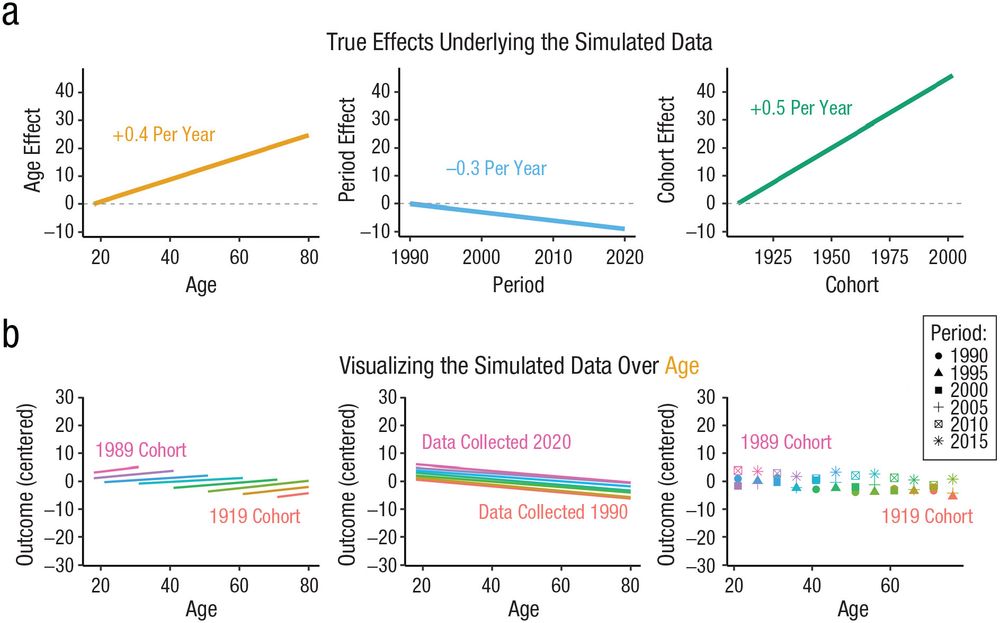
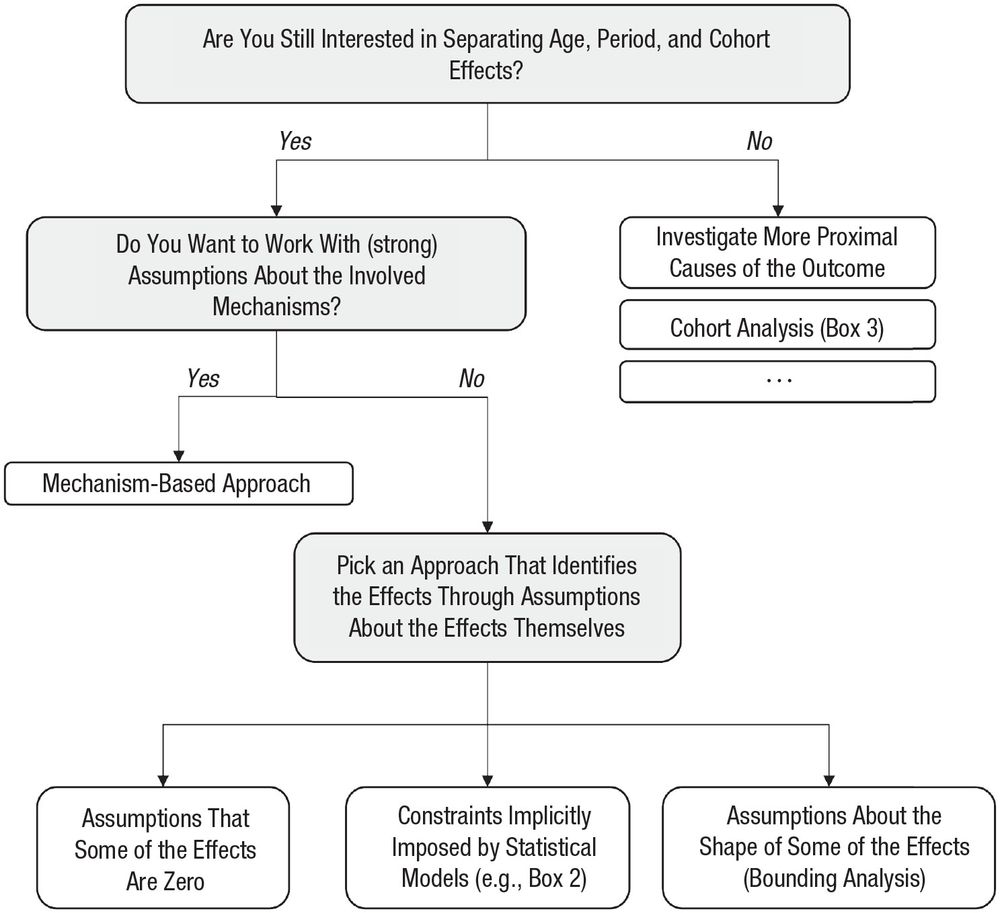
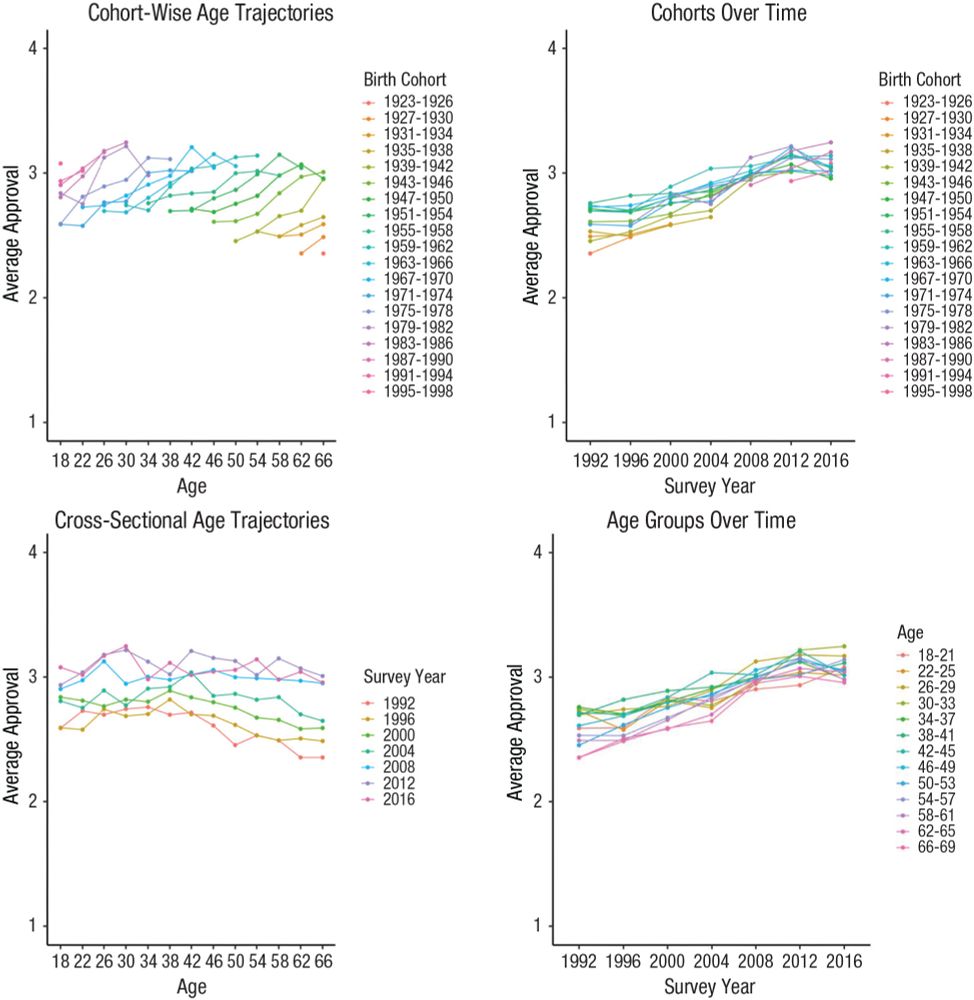
Reposted by: Andrew Bell, Martin Hyde, Martin Kreidl , and 1 more Andrew Bell, Martin Hyde, Martin Kreidl, Sophie Woodward
This free event will explore the process of turning early-stage ideas into #research projects.
#RMR2025 takes place online on 10 September and 29 October 2025.
Apply: www.ncrm.ac.uk/training/RMR...
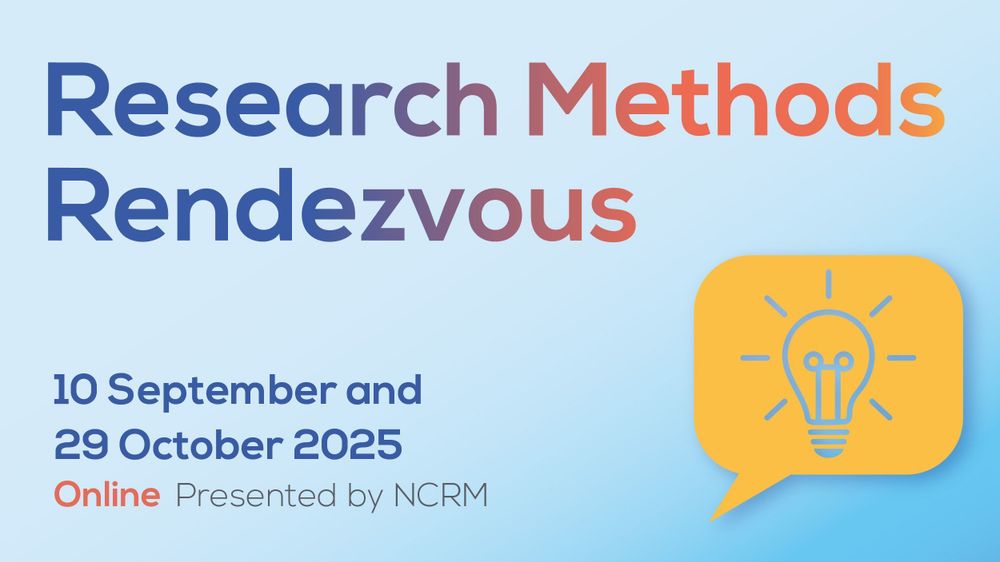
Reposted by: Andrew Bell, Clare Bambra, Luke Munford
Tonight Robert Peston and Anushka Asthana will be joined by:
🌹 Gordon Brown
🇪🇺 Pedro Serrano
💼 Sir Charlie Mayfield
🏴 Stephen Flynn
🔵 Gillian Keegan
#Peston
youtube.com/live/_sOdZhH...

I arrived at the conclusion that (1) there's a lot of interesting stuff about interactions and (2) the figure I was looking for does not exist.
So, I made it myself! Here's a simple illustration of how to control for confounding in interactions:>
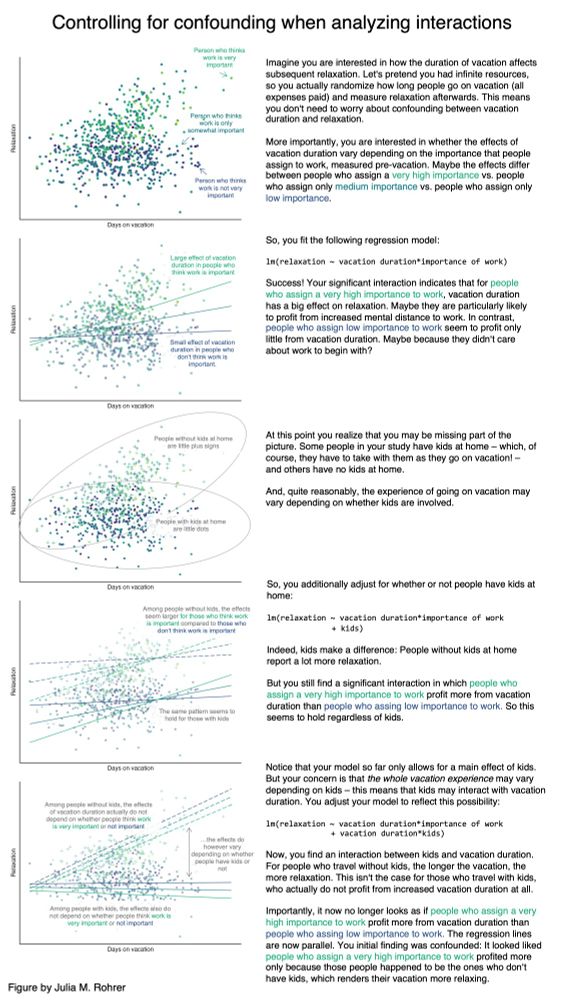
Reposted by: Andrew Bell, Richard Shaw
People worry about collinearity (cf blog post below).
Consider a scenario in which the collinear predictors are just controls to account for confounding.
Including both of them doesn't impair the precision with which the effect of interest is estimated, does it?
by Andrew Bell
Reposted by: Andrew Bell, Ewan Carr
Curious about multilevel modelling but not sure where to start?
Learn to recognise, build & interpret multilevel models using MLwiN or R, through real-world examples & hands-on practice.
Find out more: bit.ly/3Yj5I4f
#ESS2025
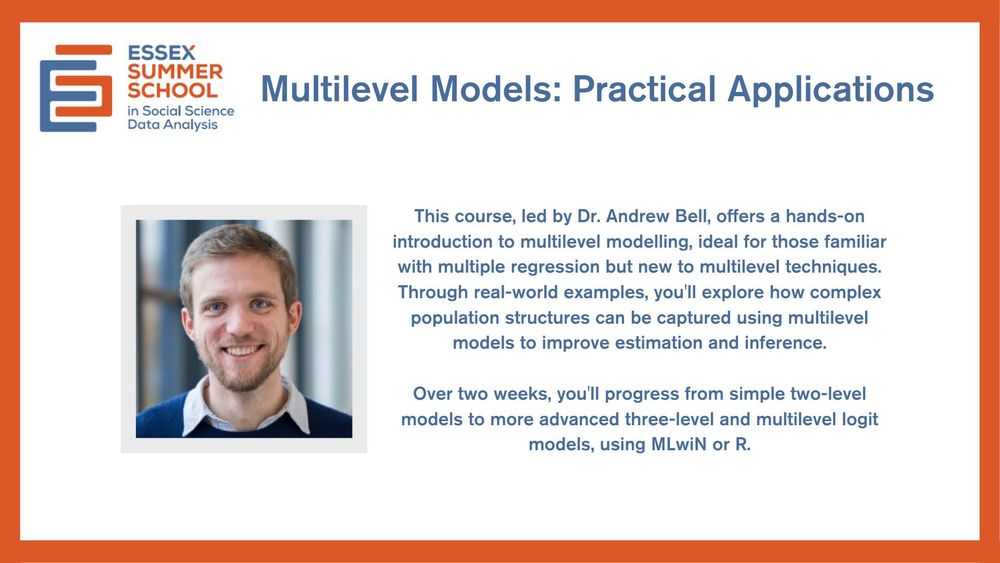
by Andrew Bell
by Luisa N. Borrell — Reposted by: Andrew Bell
@cuny.edu @cunysph.bsky.social
#Hispanic #PublicHealth #EpiSky #MAIHDA #SocialEpi
sph.cuny.edu/life-at-sph/...
by Andrew Bell
www.ncrm.ac.uk/resources/on...
It's based on our tutorial paper in SSM Pop Health, but shorter and more interactive.
Hope it's helpful! @ncrm.ac.uk
by Michelle Kelly‐Irving — Reposted by: Andrew Bell
www.sciencedirect.com/science/arti...

Reposted by: Andrew Bell

Reposted by: Andrew Bell

Reposted by: Andrew Bell
The age-period-cohort problem is something that many researchers are vaguely aware of. There have been very cool advances in how to reason about it which don't seem to be well-known in psych. So, I've written a primer!
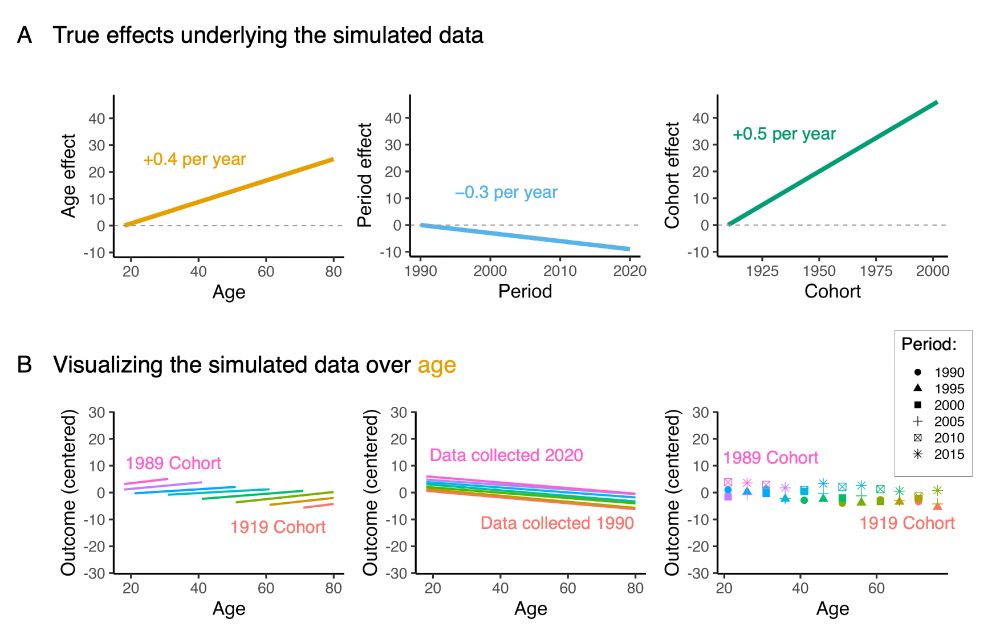
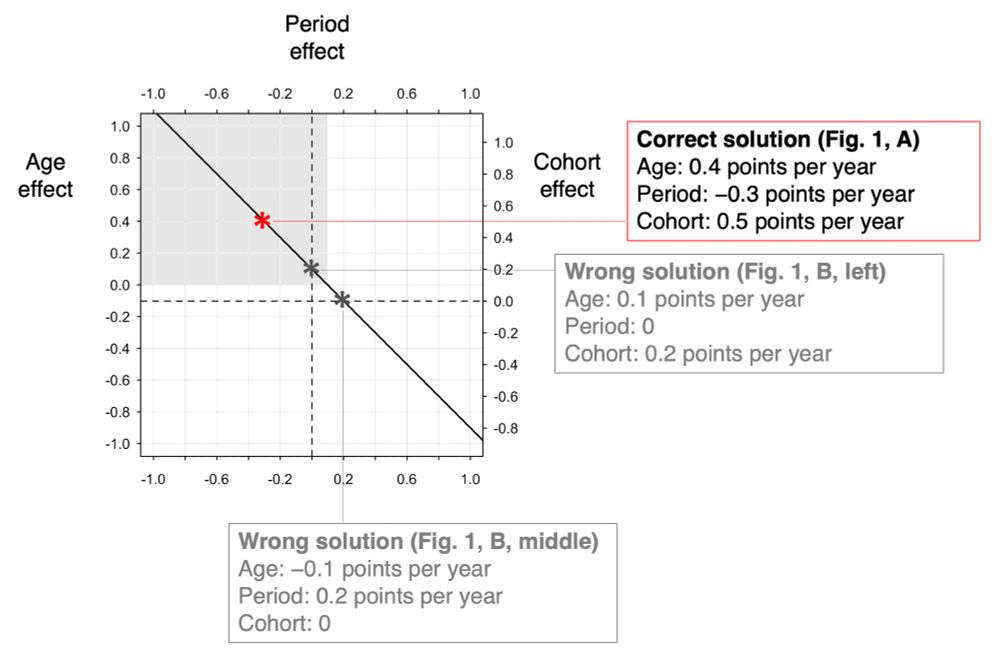
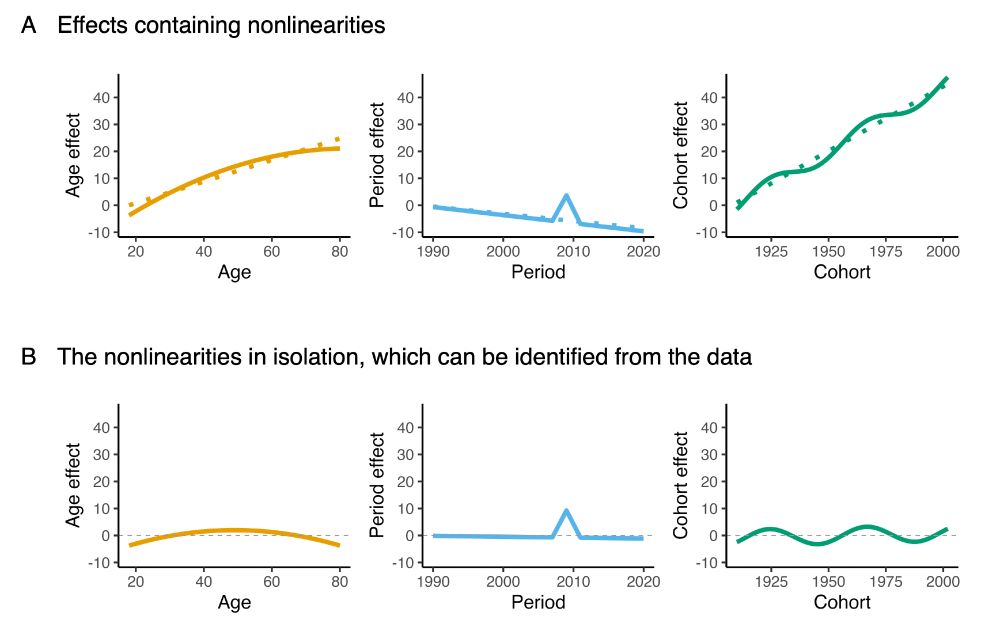
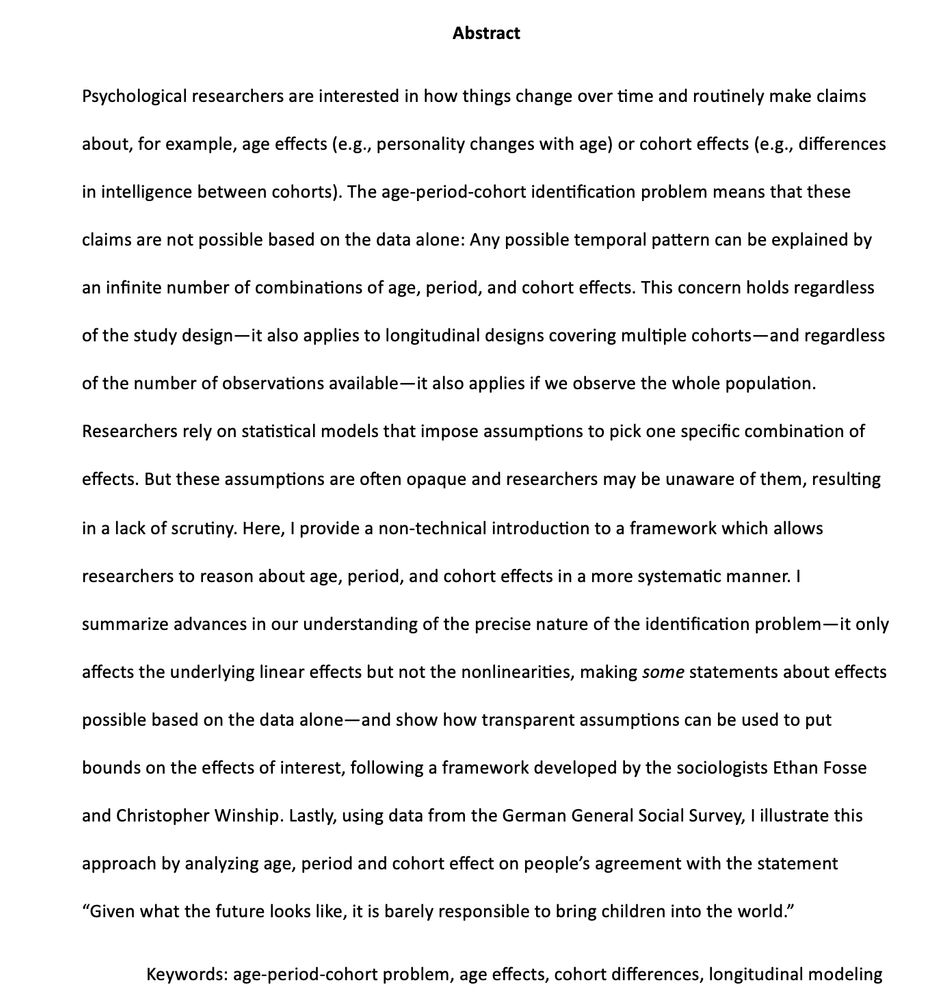
Reposted by: Andrew Bell
Same underlying data but depending on how you connect the lines, the implied age effect looks completely different.
